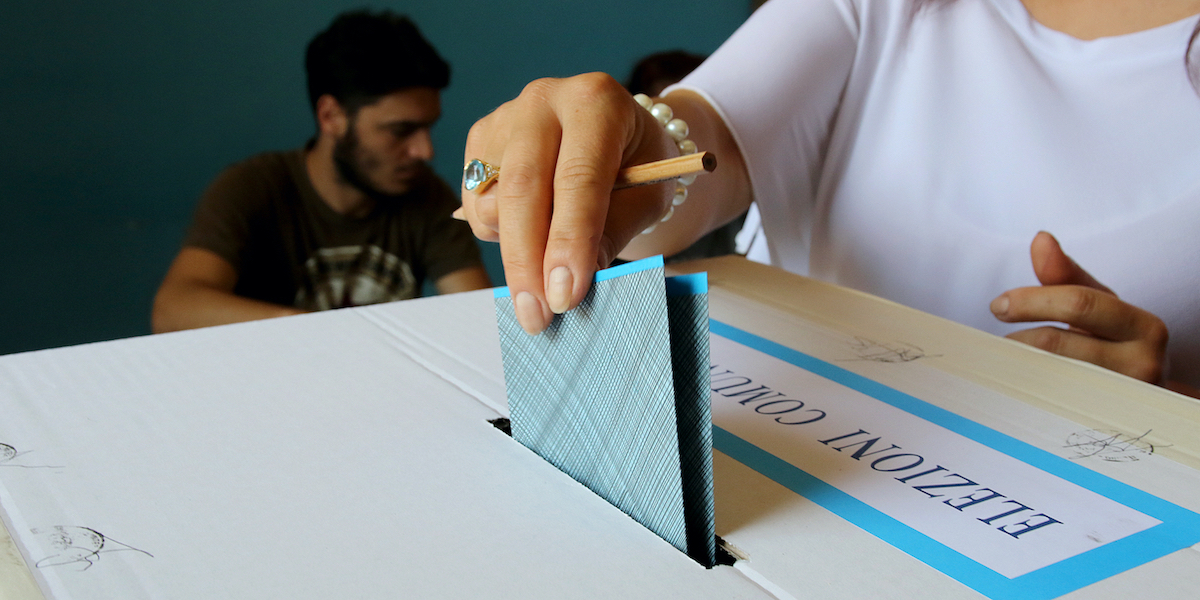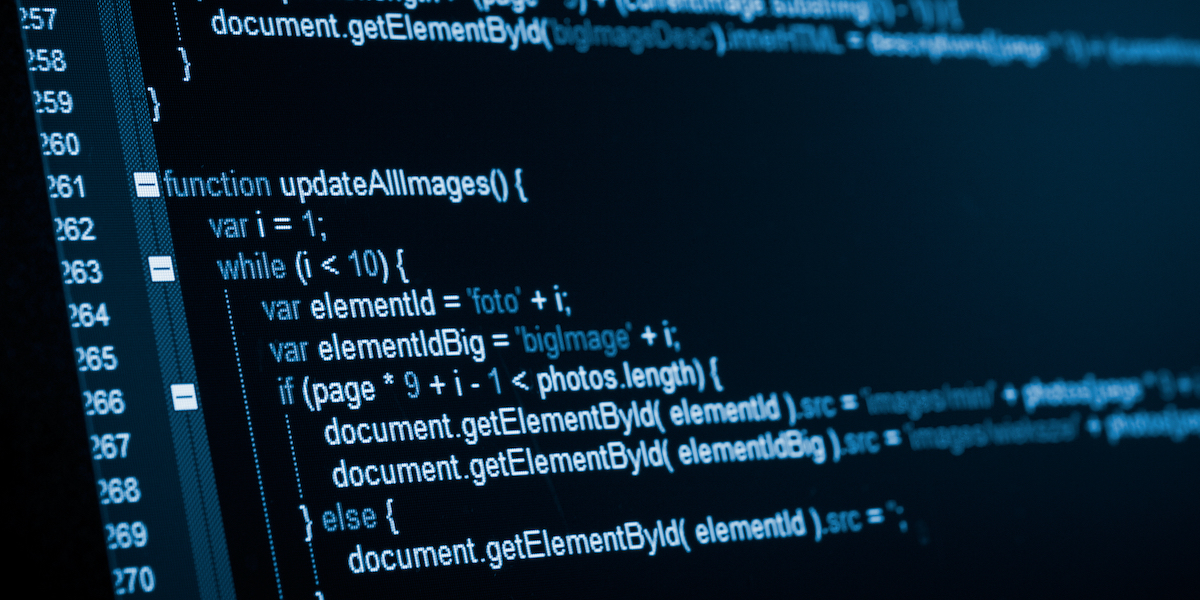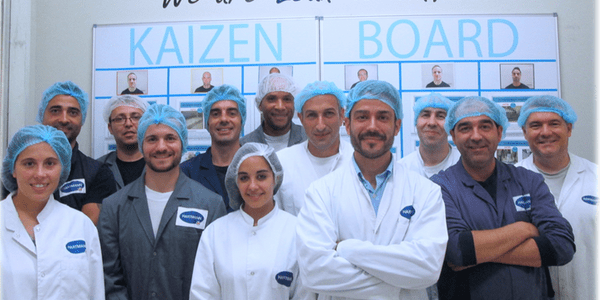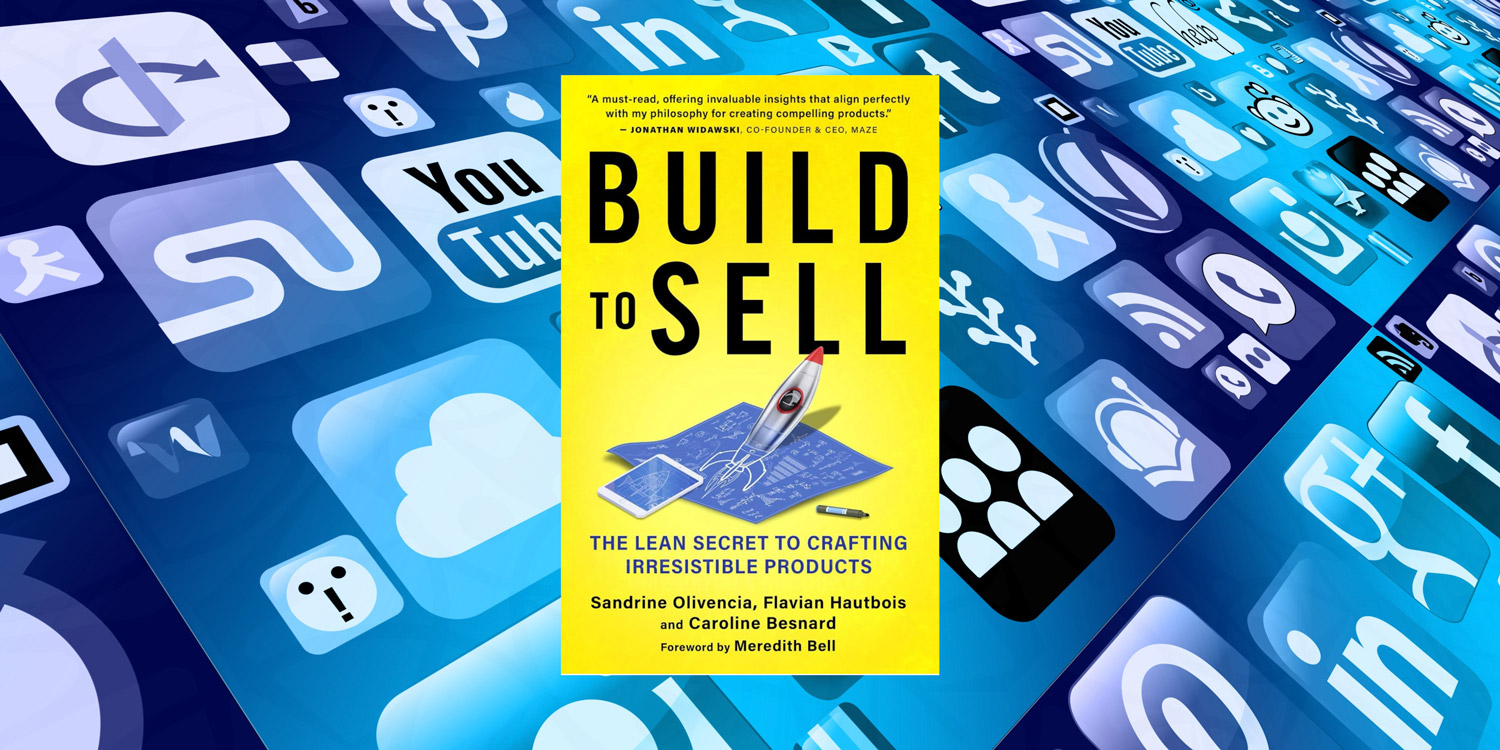
The lean candidate
CASE STUDY – Have you ever considered how Lean Thinking could apply to politics? The author explains how the result of a mayoral race in southern Italy was ultimately determined by the lean approach adopted by one of the candidates.
Words: Alessandro Martemucci, Lean Coach, Istituto Lean Management – Italy
Banner photo credit: Massimo Todaro / Shutterstock
EDITOR’S NOTE: Planet Lean does not endorse or support any political party, in Italy or elsewhere. The content of this article is meant to inform readers on the approach adopted by one of the candidates, independently of his political affiliation, and provide a unique perspective on how a political campaign can be managed.
*****
On September 20-21, millions of Italians were called to the polls to vote in local and regional elections. Up for grabs were seven regions and several cities, including Matera. This town of 60,000, located in the southern region of Basilicata, is known for the Sassi, two extensive areas of cave dwellings that represent one of the oldest continually inhabited settlements in the world. It’s a place of great beauty that, in 2019, was the European Capital of Culture.
You might wonder what this has to do with Lean Thinking. Well, for the first time in Italy, a lean approach has been used here to run a political campaign – in this case, that of Domenico Bennardi of the Five Star Movement. The idea was simple: achieving maximum value – winning the election – with the minimum investment. In this case study, I will explain how this objective was reached and how the people involved reacted to this rather unusual, marketing-driven approach to politics.
MAPPING THE CURRENT STATE
To understand the background and fully grasp the current state, the team relied on the A3 model and on the Lean Marketing Canvas (a tool I described in a recent Planet Lean article). In particular, these frameworks were used to:
- Gather figures from the previous election (number of eligible voters, number of actual voters, number of party lists, run-off results);
- Identify the mistakes made in the previous election;
- Study the Electoral Law as well as the political process and dynamics;
- Analyze the Voice of the Customer (actively listening to the problems brought up by citizens);
- Identify the main causes of dissatisfaction with the current political establishment;
- Lay out a vision to establish a new, younger political class.
Following that, we defined the minimum and maximum objectives, the KPIs we’d be tracking, and our target audience:
- Our minimum objective was to get 10,000 votes and reach the run-off round of the mayoral race (which was held on October 4-5) with 20-23% of the votes;
- Our maximum objective was to win the election with the highest number of city councillors;
- We strived to renew the political class by ensuring 80% of our lists were first-time candidates.
- Our target: people aged 18 to 99, corresponding to 50,730 eligible voters.

PROBLEMS AND COMPETITORS ANALYSIS
Once we analyzed the initial situation, we realized that no party list (excluding the Five Star Movement’s) could run on its own and hope to reach the minimum objective – reaching 20% of the vote. There were several reasons for this: they didn’t have many representatives in the city council; they were newly established and therefore little known lists; they did not have much of a presence in public institutions; they had less of a history compared to other parties and less activists.
To solve this problem, the decision was made to create a coalition with other party lists to reach the minimum objective, with one caveat (in line with the beliefs of the candidate and his party’s statute): that no candidate to city council could have been part of other coalitions in the past or run with other parties that governed Matera in the previous legislature.
Another important step in any campaign (be it political or marketing, in fact) is to understand who you are competing against. So, we went on to analyze the other candidates in the mayoral race and the lists supporting them. Here they are:
- Rocco Sassone, for the center-right, with six lists (Lega, Forza Italia, Fratelli d’Italia, and three civic lists) representing 188 candidates for city council.
- Giovanni Schiuma, for the center-left, with five lists (including the Democratic Party) and four more civic lists, for a total of 138 candidates.
- Pasquale Doria with two civic lists and 54 candidates.
- Nicola Trombetta with one civic list of 32 candidates.
- Luca Braia with one civic list and 26 candidates.
- Domenico Bennardi, the candidate we supported, with four lists (Five Star Movement, VOLT, VERDI PSI and Matera 3.0) and 106 candidates.
In parallel, we initiated a nemawashi process to informally lay the foundations for the change we wanted to achieve by discussing our approach with the people involved in the campaign and continuously supporting them as they adjusted to the new method.
At the beginning, the candidates were skeptical. They were not used to measuring their performance and were really struck by the practice of analyzing mistakes in front of their fellows. After the first couple of weeks, however, they started to see the benefit of this approach (it made it easier not to repeat the same mistakes) and got on board wholeheartedly.
OUR LEAN MARKETING STRATEGY
With our objectives clearly defined, we were ready to move to the execution phase. But not before clarifying roles and responsibilities in the campaign staff: social media, communication, logistics, strategic marketing, PR, operating manager, etc. This went a long way to developing a sense of ownership in each member of the team.
At this stage of the campaign, our analysis assumed a vital role. The Italian Electoral Law rewards the coalition that receives the highest number of votes at the first round of election for the mayoral candidate and not for those running for city council. Based on this, we started to coach and develop both staff and candidates, explaining to them how the law works in detail, aligning them towards a common goal and motivating them. We’d either win the election together, or we’d lose it together.
The coaching took place throughout the campaign, with weekly 35- to 40-minute alignment sessions with the candidates. During these meetings, we provided them with the tools they needed to effectively campaign – for example, data reports. As far as KPIs go, we mainly tracked leads and prospects (the former being a potential voter who has not engaged with the candidate yet; the latter being a voter that has actively engaged with the candidate already). Week after week, we looked at the results achieved and at any deviation that might have occurred. This informed how we planned for rallies and other campaign events, which were supposed to address the gap identified.
Thanks to this approach, based on continuous analysis and control and on motivation, the entire coalition stayed focused on the True North, getting Domenico Bennardi elected, even when that meant sacrificing their own votes.

OUR APPROACH TO COMMUNICATION
Another reason behind the success of the Bennardi campaign was the style of communication of the mayoral candidate and the rest of the coalition. This is what the coaching was ultimately about: ensuring alignment of the candidates and shaping their communication during rallies and meetings with voters. The focus was on listening to the Voice of the Customer, discussing the real needs of the people of Matera rather than responding to rivals’ attacks (in fact, part of the strategy was to avoid even mentioning Bennardi’s opponents). All 106 candidates were expected to adopt this approach and only share information related to the Bennardi’s plan, rather than waste time in futile wars of words with opponents. At first, this was perhaps the hardest thing of the campaign – it’s difficult not to respond to provocation and personal attacks – but ultimately even the “keyboard warriors” in the coalition began to adhere to the policy, after seeing the great results we achieved week after week.
Lean Thinking even shaped the slogan of the Bennardi campaign, which was inspired by the Italian translation of the word kaizen: “Cambia in meglio”, which means “Change for the better”. This message was clearly appreciated by Matera’s citizens and has clearly contributed to Bennardi’s win.

We also realized the importance of making the information we shared as easily consumable as possible. With that in mind, we summarized Bennardi’s election program (which was still available in full on the website) into a foldable one-pager with different colors corresponding to different topics – from the environment to city planning, tourism to sports. It is pictured above. Lean teaches us the power of visuality, something we took to heart as we defined our approach to communication.
In order to reduce the time and costs of designing and printing out flyers, programs, posters, billboards, etc, we decided to rely on a single look for the entire coalition. This also helped us to convey a message of consistency and unity, while offering voters a clear overview of who was part of the party lists. Each flyer or other electoral material could therefore by personalized by candidates in the coalition. Another added benefit of this approach was that we were able to avoid personalisms and ensure an equal level of visibility for all candidates (which is very important for those who can’t spend the money to print and post billboards).
The website we created, which contained the most relevant information on Domenico Bennardi, his background and his plan for Matera, also became a tool to inform the campaign and adjust our aim: the analytics provided us with precious information on the users.

Our social media strategy mainly focused on Facebook and Instagram. The Facebook page, in particular, became the go-to platform that the candidate used to reach out to his base. Here, we posted all the photos, graphics, activities, rallies, slogans, videos, lives to keep people up to date with Bennardi’s day-to-day activities.
Critically, the analysis of the page’s insights allowed us to measure the response to each post and, more importantly, take the pulse of the electorate and their opinion on important topics. Our work on Facebook helped us to understand the campaign’s “hot topics”, the things people cared about the most and the type of the communication they most responded to. Synchronizing our messaging (with all the candidates resharing posts consistently and quickly) boosted the visibility and popularity of our content, which forced our competitors to spend money in ads and sponsored content to try and catch up with us.
Due to the pandemic, people proved reluctant to join rallies and other in-person events, which is why videos and live events on Facebook represented such an important part of our strategy. Not only did they allow us to reach more people, but as mentioned above, they also provided us with great insights that helped us to shape our message.
Instant messaging applications, like WhatsApp and Telegram, also played an important role inside the campaign. They were used to inform staff of ongoing activities and last-minute changes of plans, thus ensuring the campaign ran smoothly.
RESULTS AND REFLECTIONS
In the first-round of the election, Bennardi received 27% of the votes (or goal was 20-23%), which meant that he’d be facing Rocco Sassone (from the center-right coalition) two weeks later in the run-off round. The choice was to not join forces with other coalitions; instead, Bennardi and his campaign doubled down on their lean-inspired communication efforts and carried on with the strategy.

On October 4-5, this approach paid off, leading Bennardi to a resounding victory against Sassone. The final result was 68% of the votes for Bennardi and 32% for Sassone (who was the most-voted candidate in the first round). So, maximum value was achieved for the Bennardi campaign, with the minimum cost: it spent one-sixth of what the opponents did.

Infusing lean into our communication strategy meant that we could concentrate most of our campaigning efforts into a handful of platforms, which in turn resulted in much lower marketing costs and in our ability to control the campaign more closely. We also felt the Covid-19 effect: the fear of infection kept people at home and effectively digitalized the campaign, largely moving it to social media. By measuring the impact of our posts and online activity, we could understand what voters really cared about and adjust our message accordingly so to address their concerns.
Matera’s new mayor and his coalition had never thought the scientific method could make or break a political campaign. People believe that politics is all about relationships, rallies, and emotions. While this is partly true – there is no doubt emotion plays a role in choosing who to vote for – it’s been incredible to see how successful the campaign has been thanks to the consistent analysis of data, a focus on voter needs and a strategy based on continuous improvement. If this is not proof that lean always wins, I don’t know what is!
THE AUTHOR

Read more


FEATURE – How can digital companies develop a competitive edge in the "tech first" future? By using Lean Thinking to ensure continuous learning and transform the way coders think and work.


CASE STUDY - Through the involvement of front line staff, Hartmann’s production plant near Barcelona is paving the way for an expansion into different markets and inspiring the adoption of lean across the multinational.


FEATURE - Presenting the key concepts in her latest book, the author tells us how to escape the feature frenzy trap and build products customers love.


CASE STUDY – The implementation of lean in the internal logistics of a pharmaceutical company in Brazil proved key to increasing productivity and quality in the organization.

